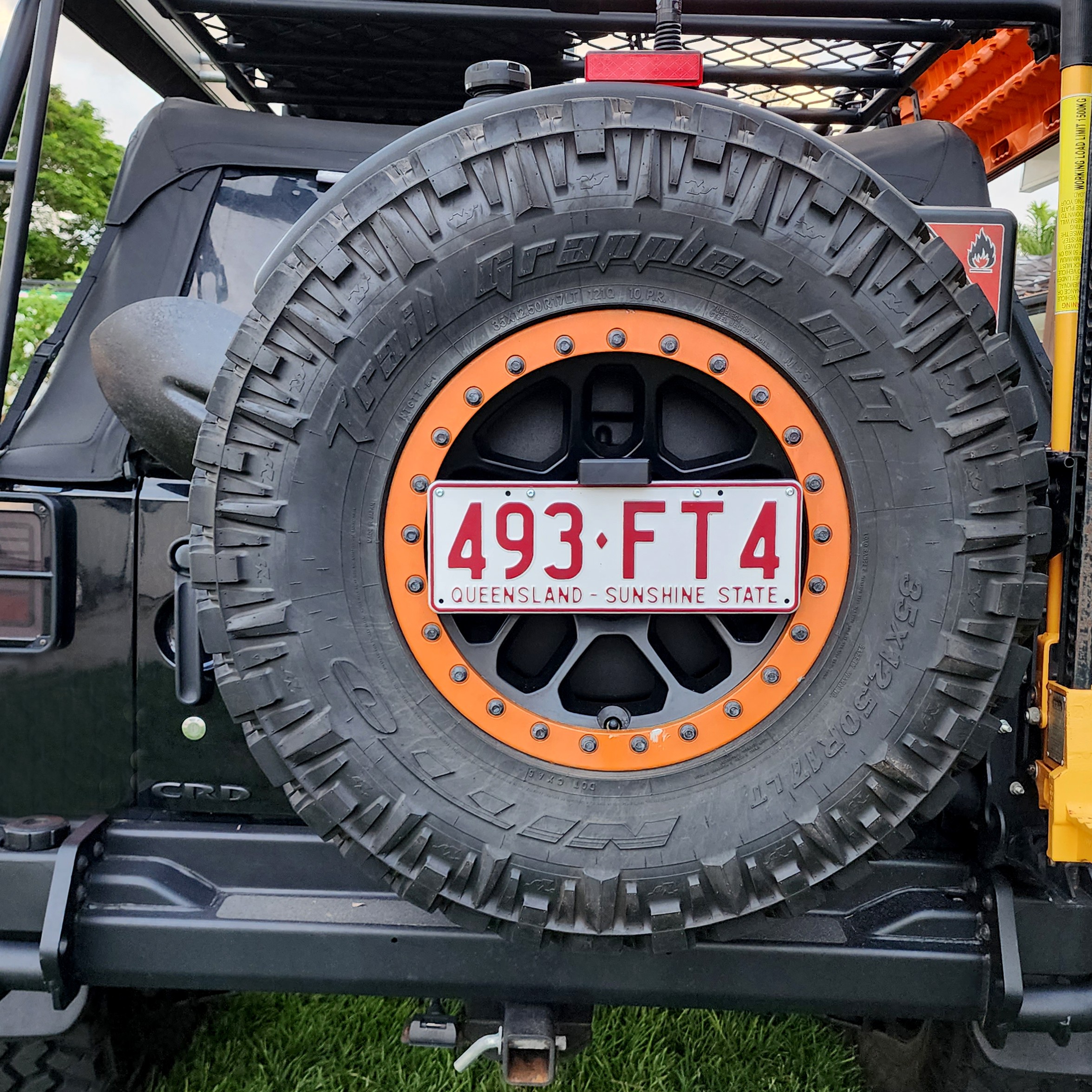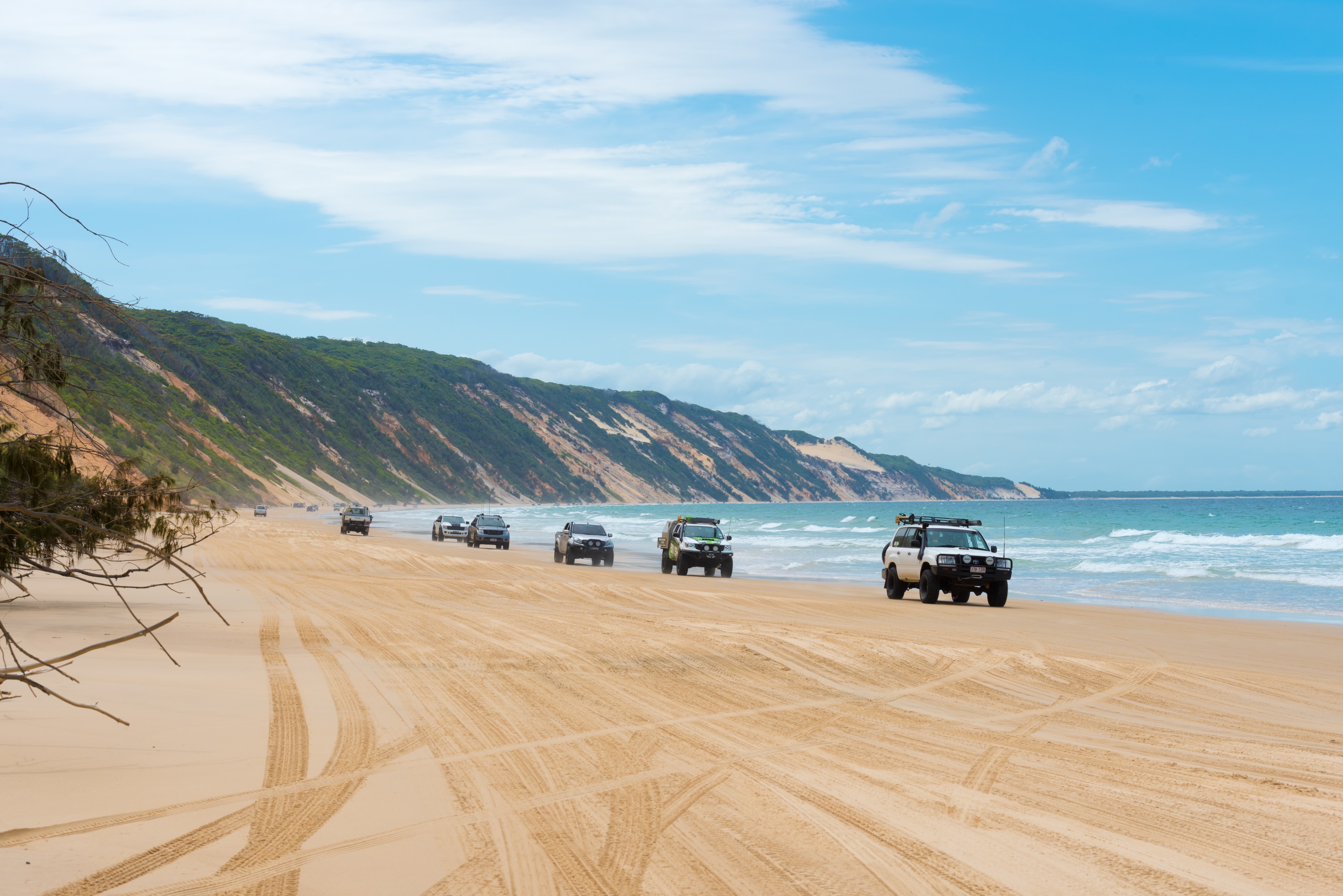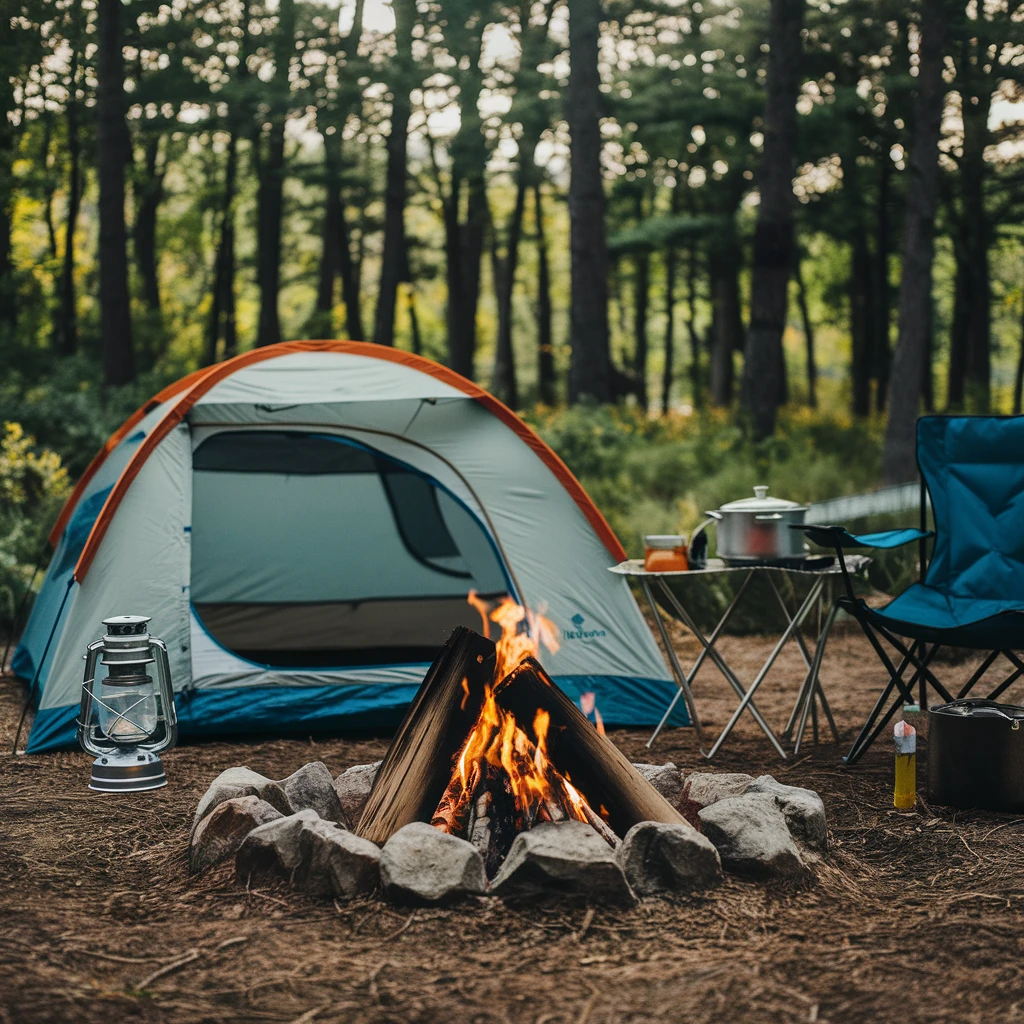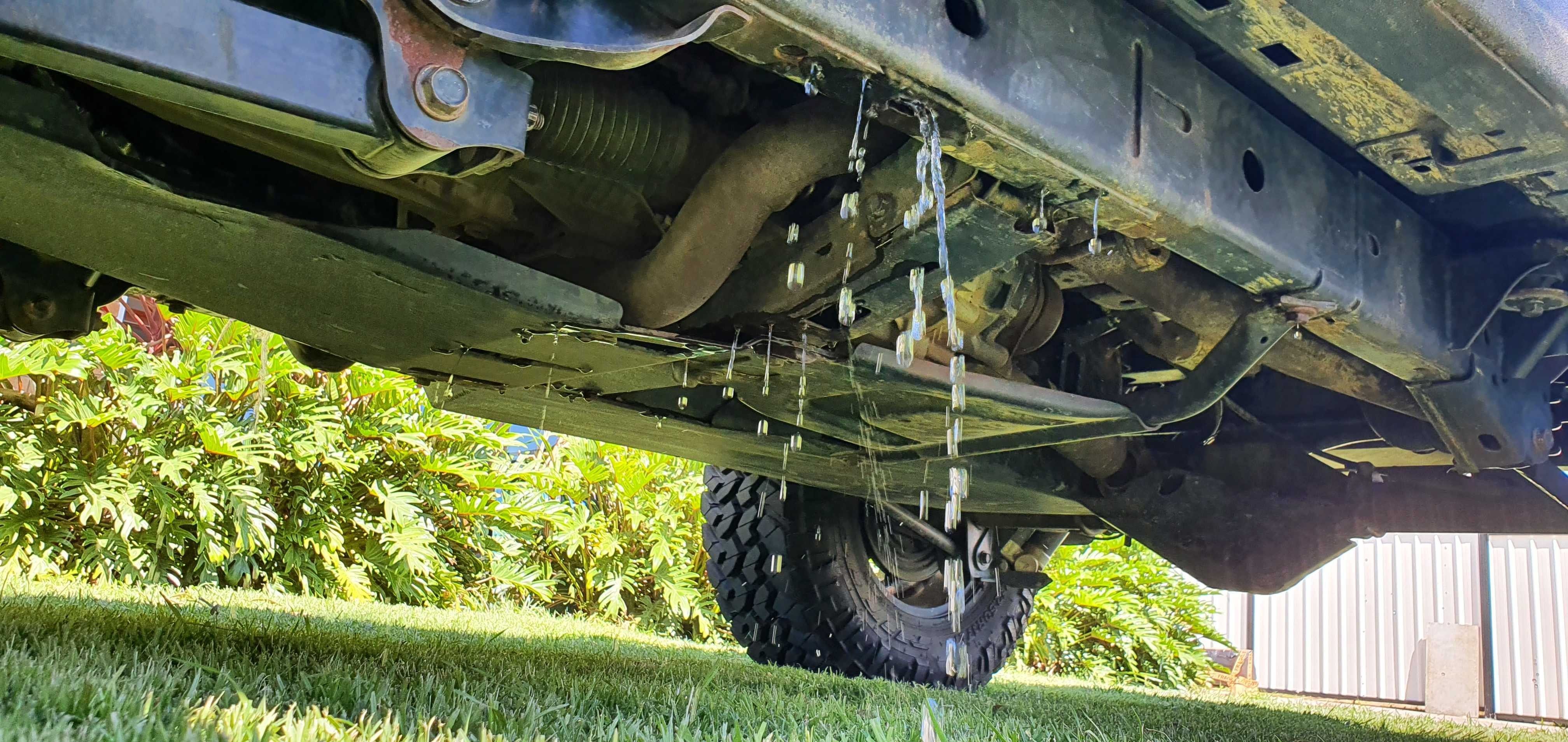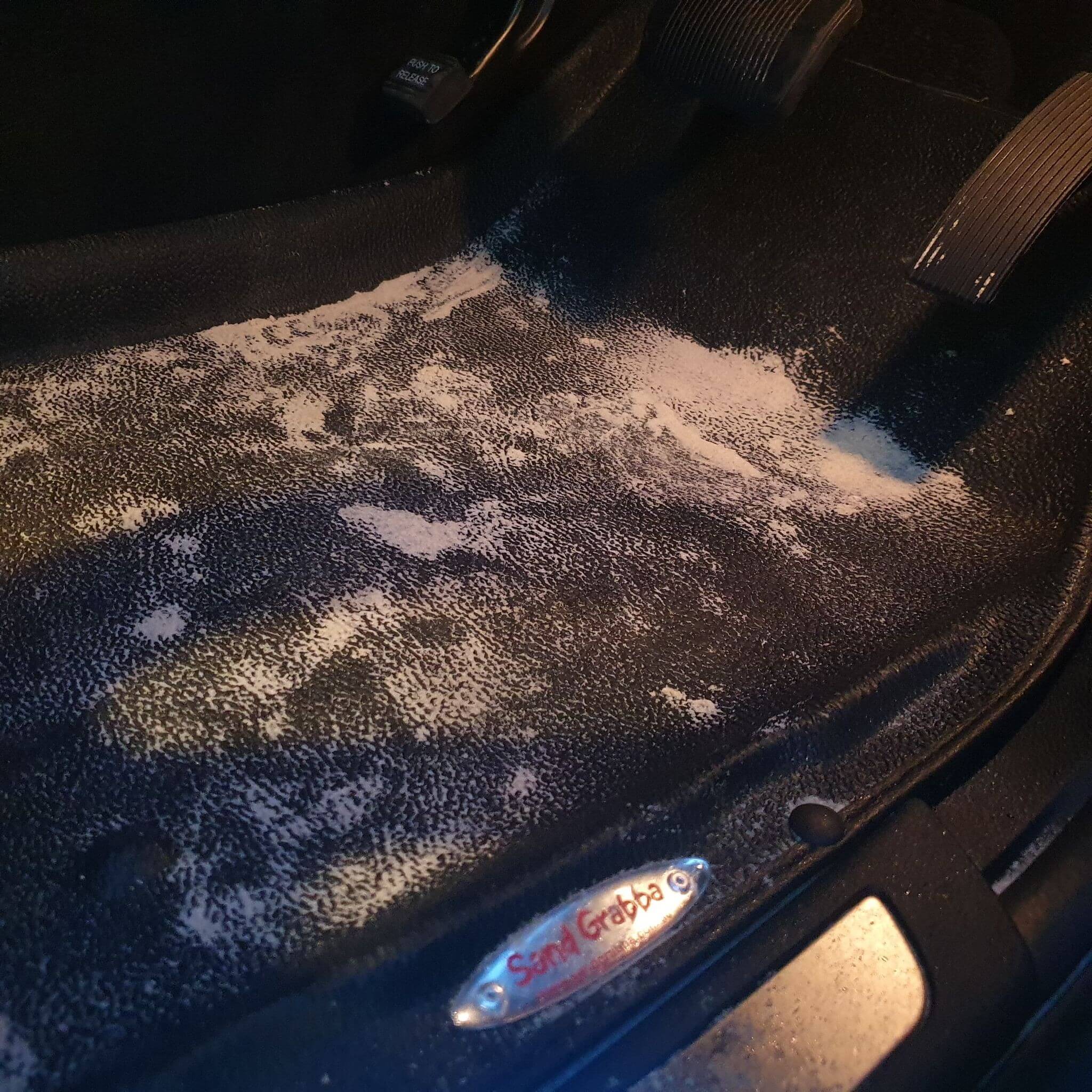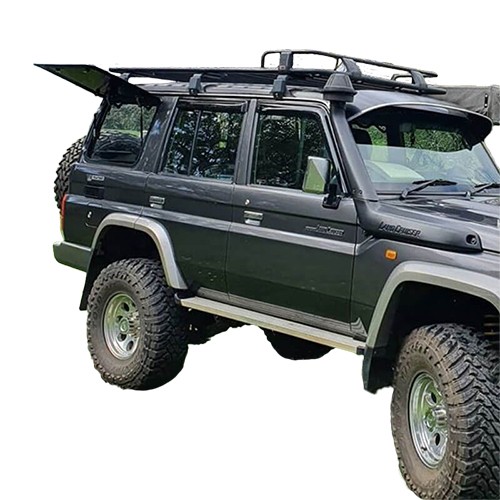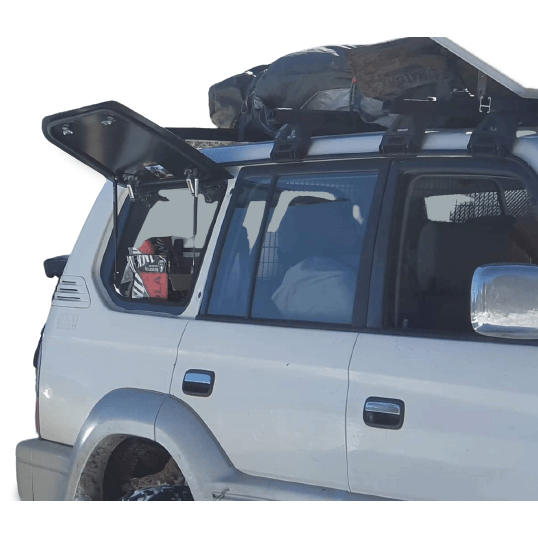Setting up your 4WD with the right accessories
Before you set off into the outback on your next 4wd touring adventure, it is often a case of deciding what gear to pack. This decision is based on a number of factors including the nature of the equipment and its suitability for the trip as well as the remaining space available in the vehicle. We go through our packing list and show you what works and what doesn't.
It is something of an art to pack your 4WD for a big trip. Try to minimise your load before you start packing. This will keep you from falling into the trap of including more things 'in case' you need them just because there's room left over.
The lighter the load, the less the strain on the vehicle. That means better fuel economy, less chance of breakdowns, less chance of flat tyres and tyre wear. Less load also means less time spent packing and unpacking every day.
And if you intend travelling up beaches, across deserts or through forests, every kilogram you save reduces your chances of getting bogged.
There are many accessories and attachments you can add to your vehicle. Here's some of the most important things to equip your vehicle with before setting off on your outback trip.
4wd Recovery
The first thing to remember when performing any kind of recovery on a 4wd vehicle is safety. Always follow the instructions provided with any kind of recovery equipment and do not use the gear if it has been damaged. Check to make sure straps do not have knots or tears in them and check all surroundings for by-standers. If something does go wrong, you need to be sure that everyone remains safe.
Always used load rated equipment that is of a greater rating than required and make sure everything is in good working clean order. The last thing you want to be doing is using grubby dirty straps that have been torn and abused. Disaster is likely just around the corner with practises like this.
The best way to go off road (and the most fun way) is to travel with friends in second vehicle. This makes recovery a lot easier and safer. Having a second vehicle means if a vehicle is to break down or get stuck, they can help pull your vehicle out. Failing that they can go fetch help.
Snatching
The most common form of recovery is snatch strap recovery. It is often the first method people think of when trying to extract a vehicle from a bog. If possible, try to find a different method to snatching. Snatch straps put a huge amount of force on a vehicle's chassis and on equipment.
If snatching is to be performed, make sure the recovery points used are load rated. Never use a towball / bumper bar / or bullbar - unless it is equipped with rated recovery hitches. Another common mistake is to use vehicle tow hooks. These are vehicle tie down points for when it is being towed. They are not rated for recovery. Often the tie down will shear off and cause chassis damage or become a projectile.
Winch Recovery
Winching is often used as a method of self recovery. Hand winches are the most basic form allowing the driver to ratchet the vehicle out of the bog by hand. This is a slow and painful process but can work when nothing else is an option.
Electric and PTO winches are preferred as they require a lot less effort from the people performing the recovery. Make sure to buy winches designed for the task of 4wd recovery. Do not use boat winches or lifting whinces etc. These are not powerful enough to be up to the task.
Always use rated recovery points and bow shackes. Make sure all on-lookers are clear of the winching as cables can break and become projectiles. Always use a winch cable dampener to minimise the risk.
Self Recovery
Self recovery tools such as sand ladders and Tough Tracks are simple devices that give you traction when you have lost it. In sand, mud and snow you can be sure to get out of a bog with these types of tools and a little bit of digging. They are safe and effective recovery tools that don't put a lot of stress on your vehicle. Try and limit any wheelspin on the tracks when you're driving out of the bog, this will damage them or your tyres.
Bullbars
In our opinion, a bullbar is a must for outback travel. If you are travelling in early morning or late afternoon and an animal jumps out in front of your moving vehicle, a bullbar could mean the difference between ending your trip early or continuing on with your journey.
Bullbars protect your vehicle from front impacts whilst also providing your vehicle with the benefit of more front ground clearance. This means you can travel over steeper inclines and obstacles.
Winches
Hand in hand with a bullbar is the requirement for a winch. If you are travelling in a single car without a convoy of friends, a winch is an absolute must.
Winches are available in a number of different forms. Electric winches are by far the most popular and are mounted to the front of the vehicle behind a bullbar for protection. The ability to self-recover your vehicle is a safeguard that could get you out of a situation you otherwise might have to turn back, or worse, damage your vehicle.
Roof Racks
Roof racks and roof baskets are now common place amongst 4wd owners. Having somewhere to store your light and bulky items like your swag is a great idea.
Awnings
A 4wd side awning is a great investment for the roof of your vehicle. Attached to your roof rack it can be the saviour of your camp trip if you find yourself in wet weather. They also have other uses in the sun at the beach when you need a cool place to have lunch.
A quick to erect sun shade and rain shelter awning is a great addition to any 4wd vehicle. There are many awnings available on the market that bolt up to roof racks and the side of your vehicle. We show you what to look for when purchasing an awning for your 4wd.
Construction
Awning manufacturers use a number of different construction methods for their 4wd roof awnings. Many are made of light weight aluminium while some use heavier self-supporting steel with no poles.
On aluminium constructed awnings, an aluminium track is mounted to the roof rack of the vehicle. Lightweight aluminium poles are mounted to the track and swing out as horizontal supports for the awning. A second aluminium track houses the vertical support poles for the awning and they fold out to create the awning structure.
Make sure your awning is made from quality components to last the harsh conditions of the outback.
Canvas & Material
Most 4wd awnings use canvas or PVC materials in their construction. Make sure the awning has a SPF sun shade rating as well as being completely waterproof. Awnings can often be a saviour in times of intense downpour. Pulling up at a camp site and quickly erecting your 4wd awning can allow you to be somewhat comfortable whilst setting up other camping equipment like tents or swags.
Be sure the PVC used in the construction of the storage back is of good quality and thickness to withstand sticks and branches of trees that may scrape past your 4wd while on the tracks.
Installation Brackets & Accessories
Some Awning retailers may require you to purchase additional mounting brackets and bolts to suit your roof rack. Be wary of these additional costs. Some awnings that seem cheap at the time might not come with everything you need to install the awning.
Make sure mount bolts and brackets are made of stainless steel or zinc plated. You don't want the attachment of your awning to rust due to salt or mud exposure.
Buying A 4x4 Awning
Be sure your awning is purchased from a trustworthy Australian seller like Tough Toys. Check out our range of 4x4 Awnings.

